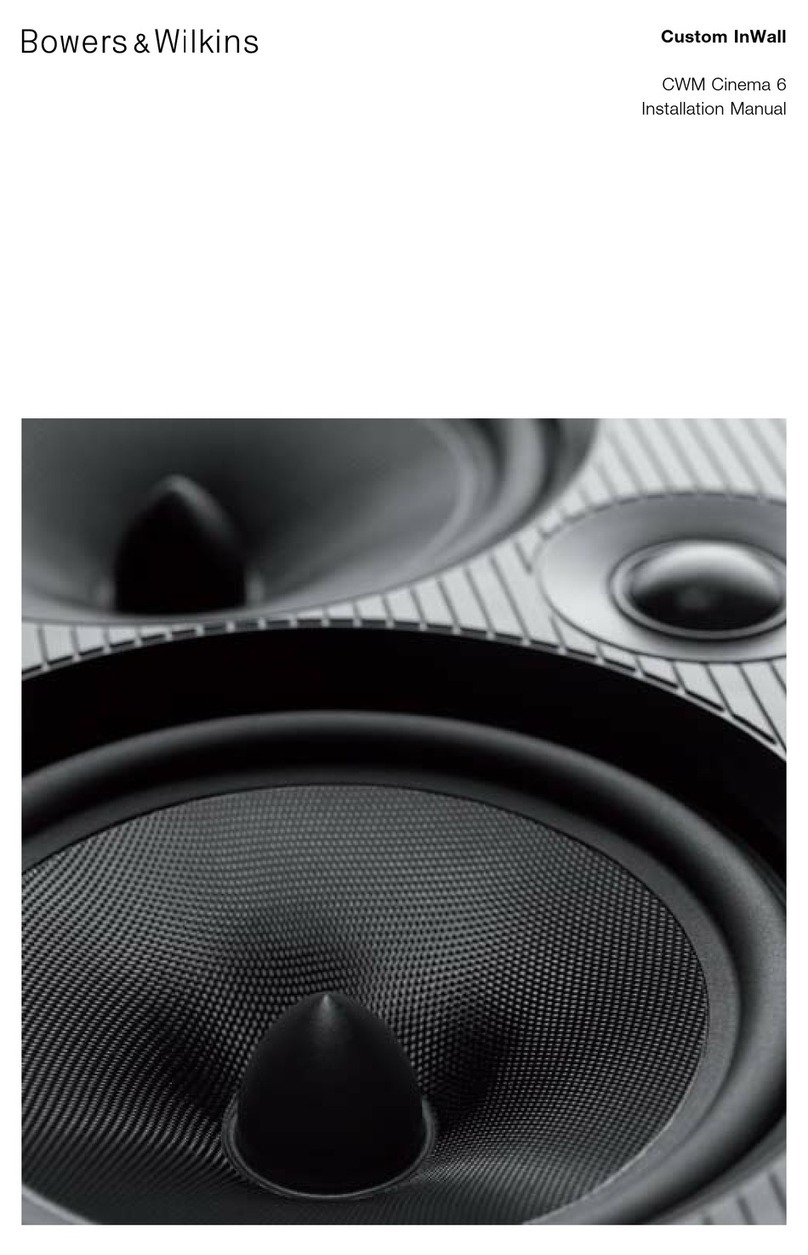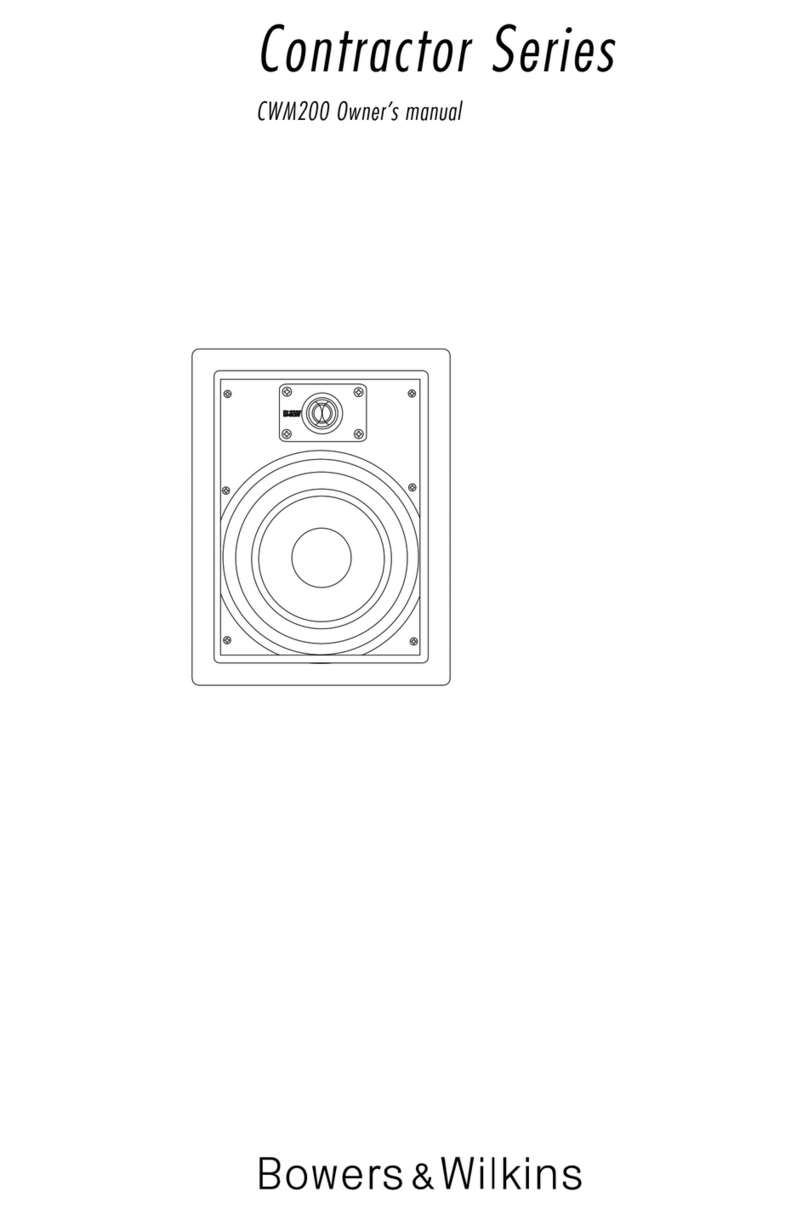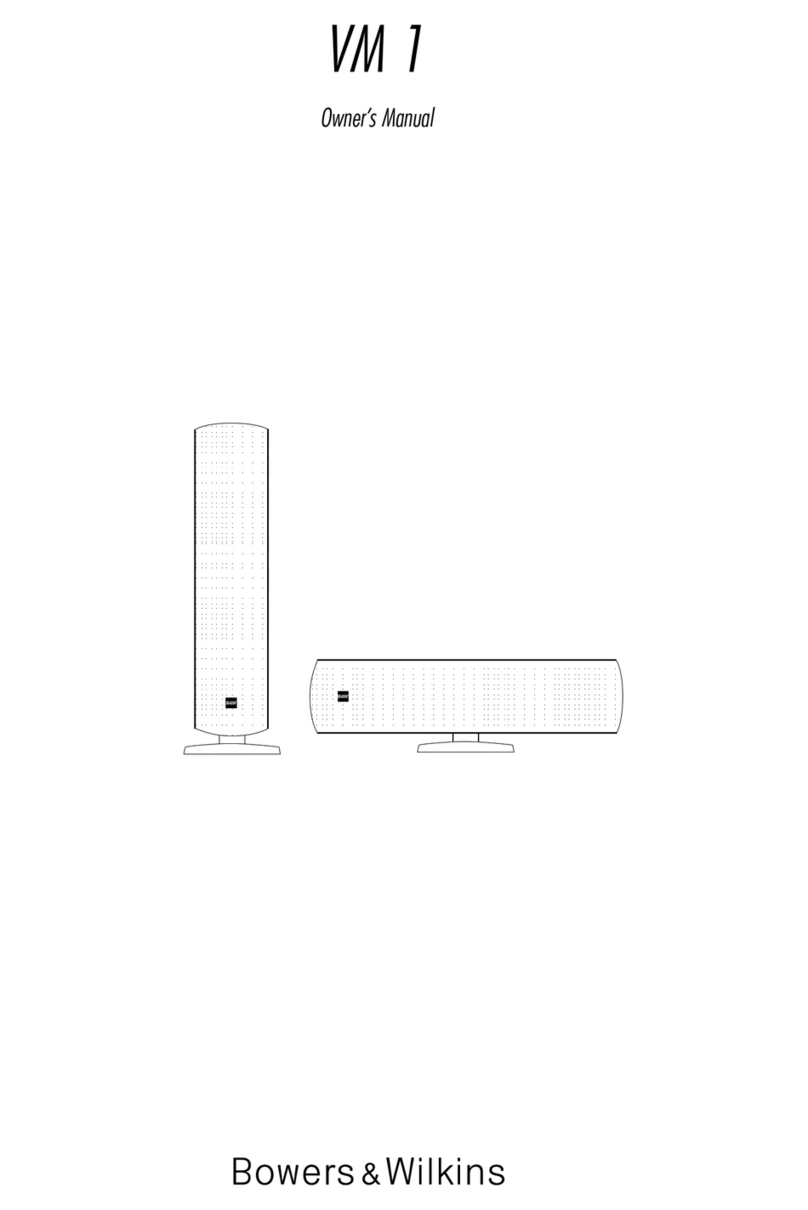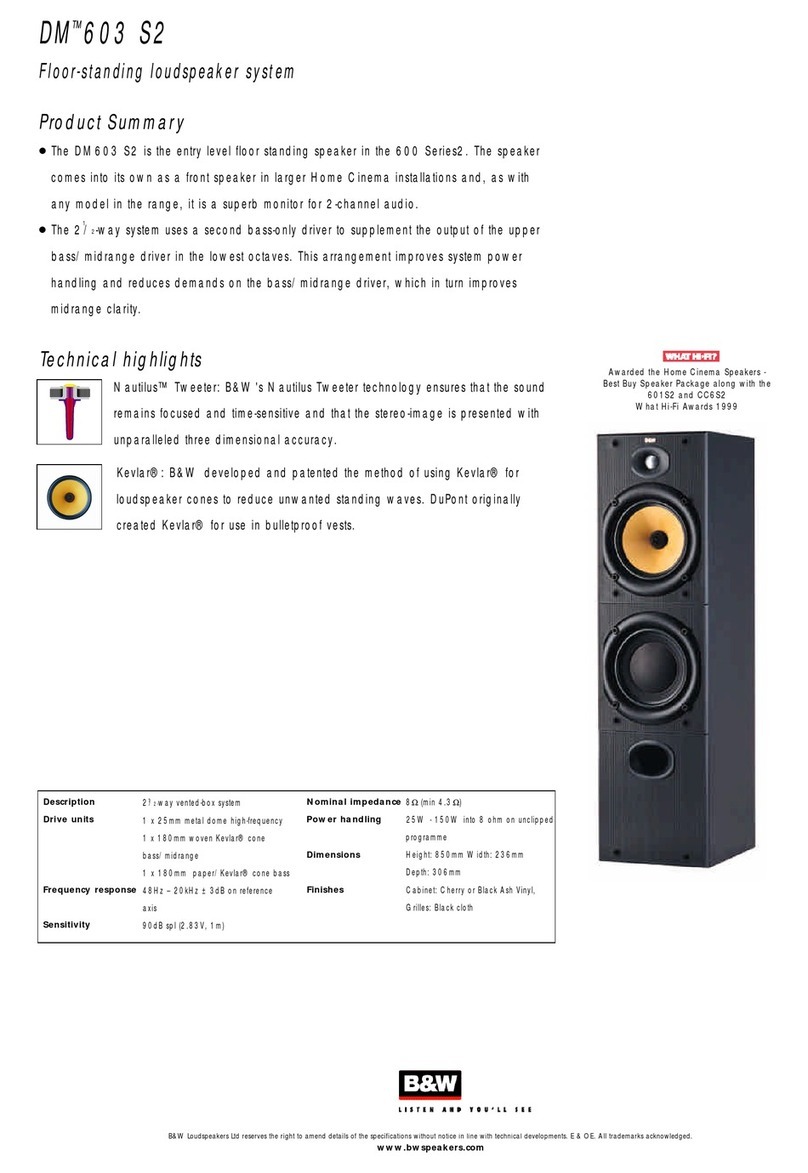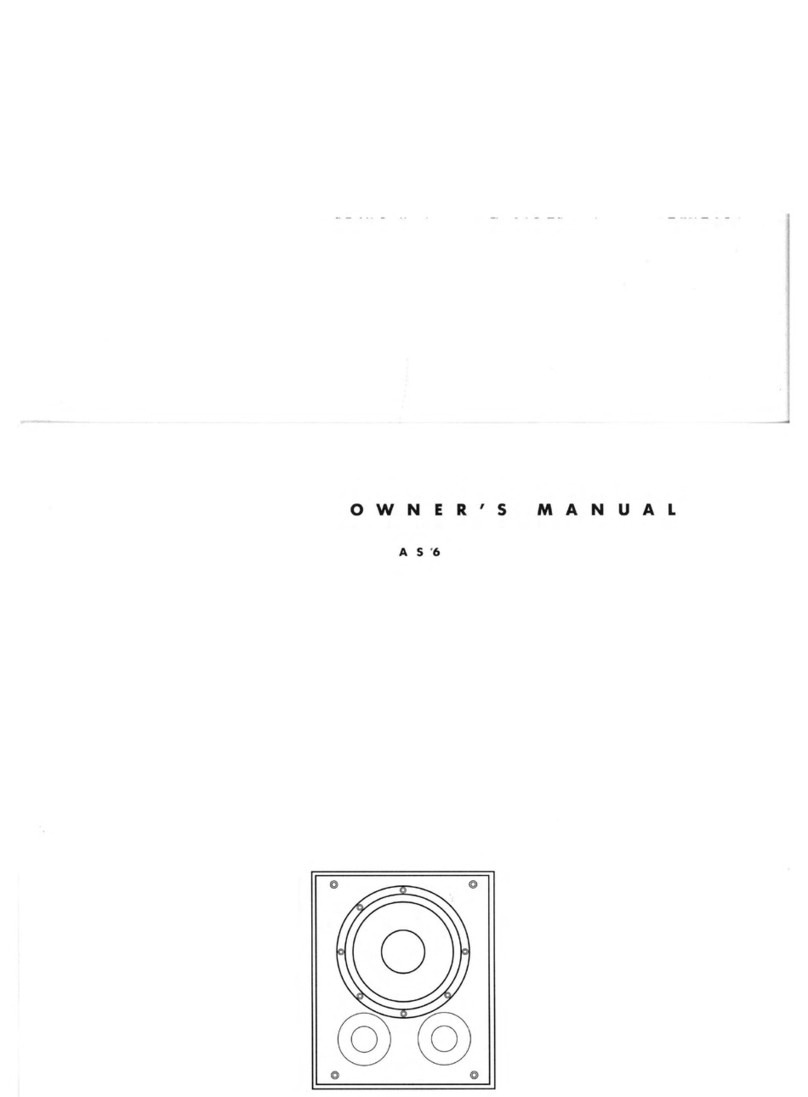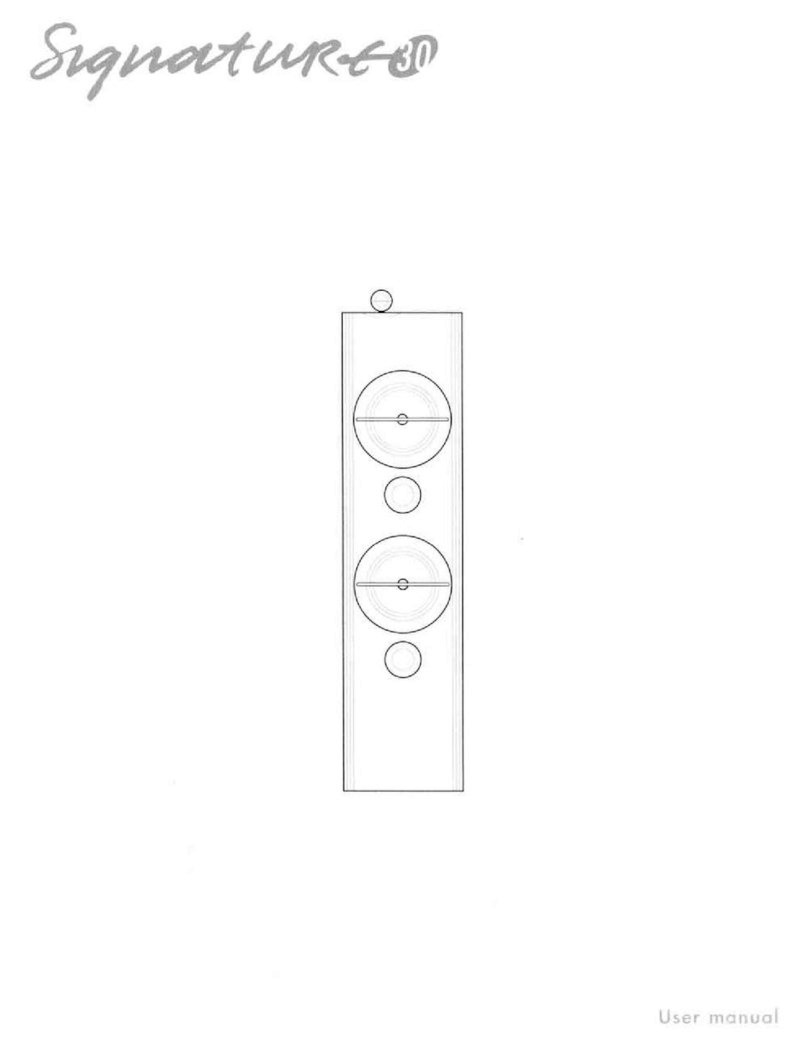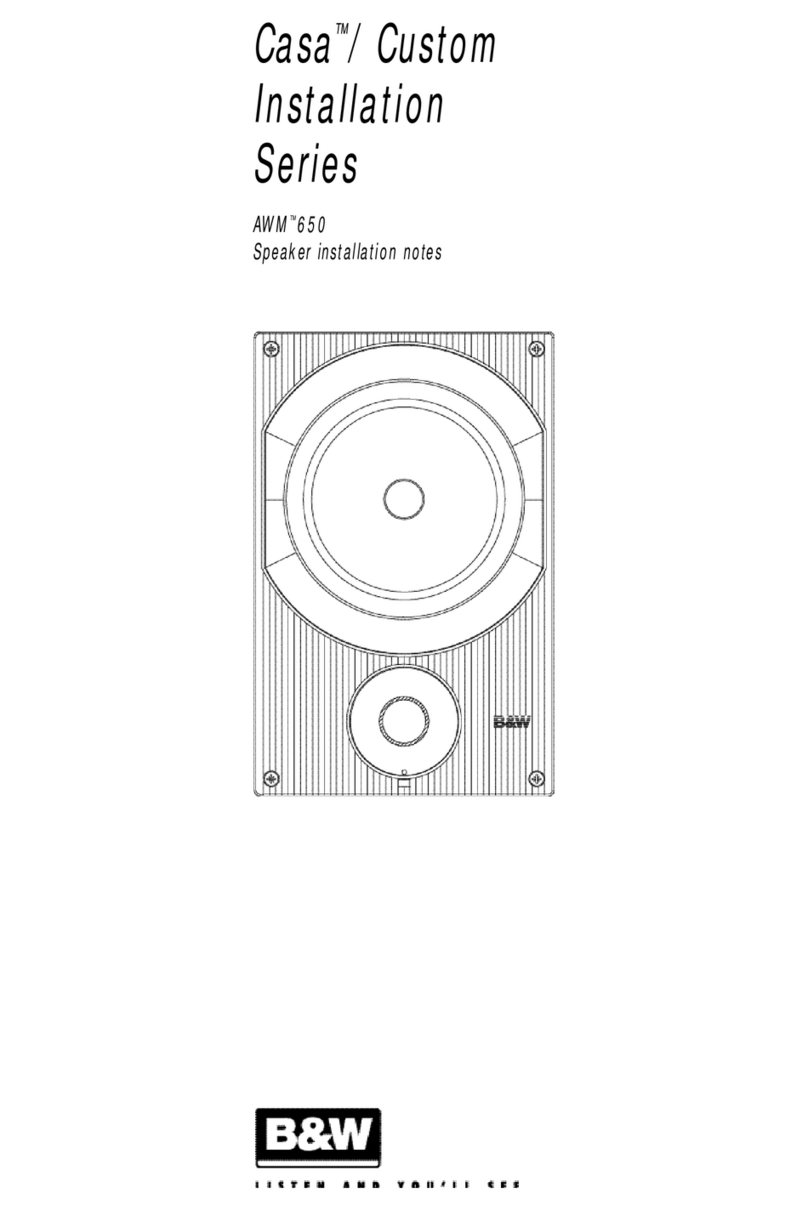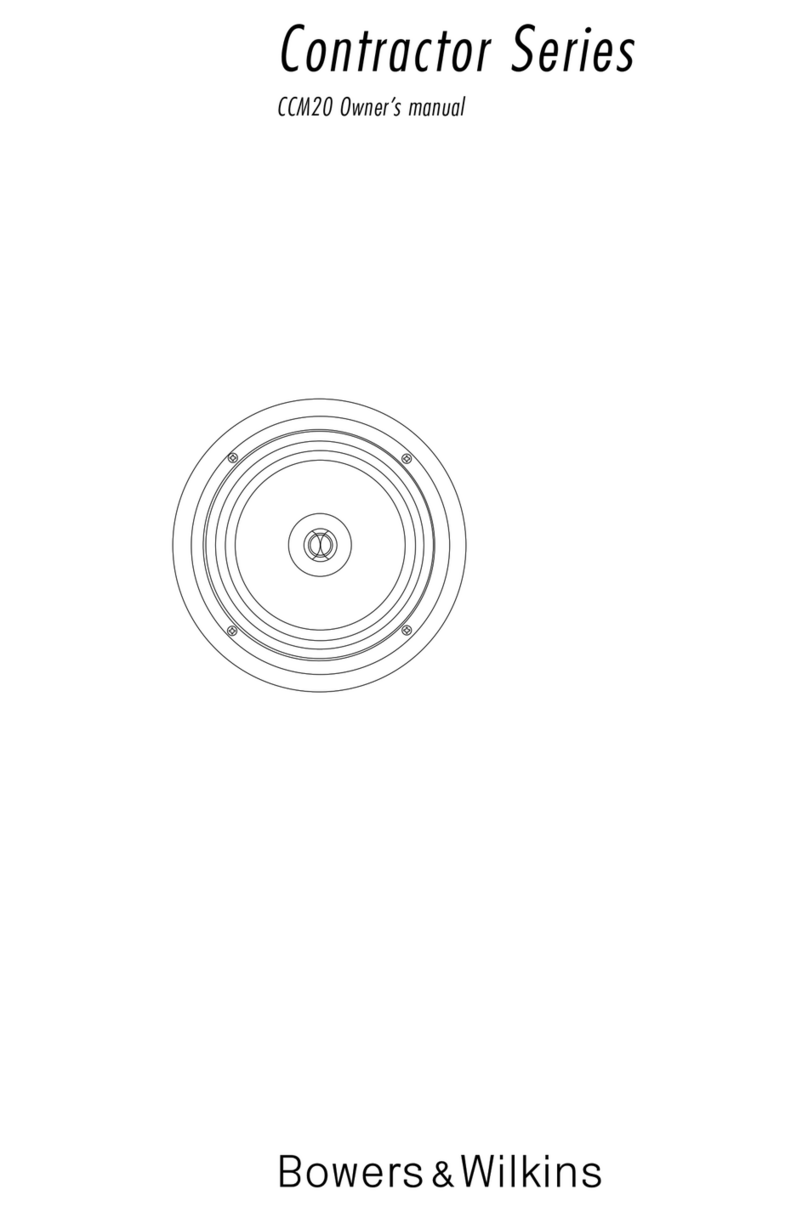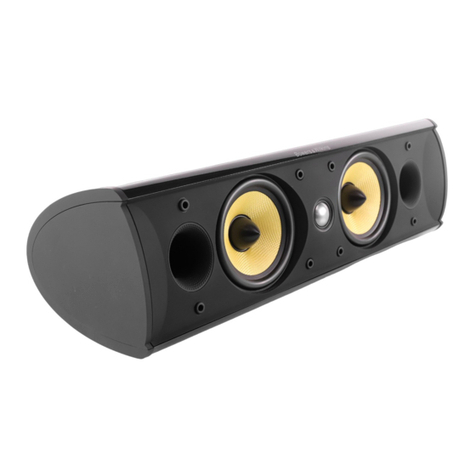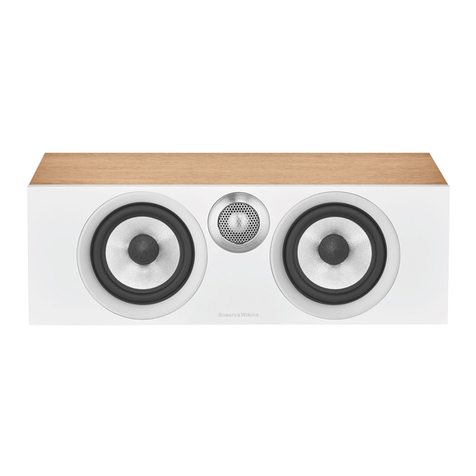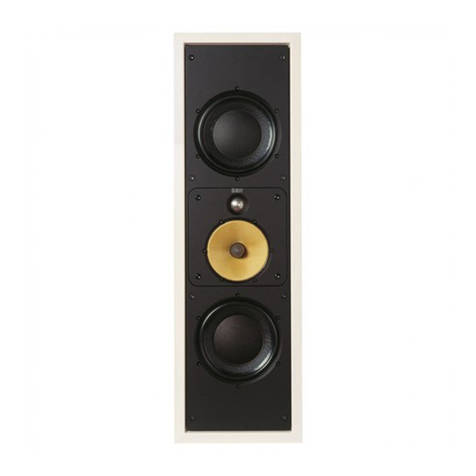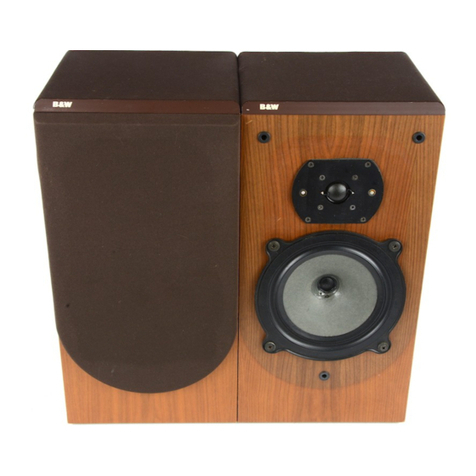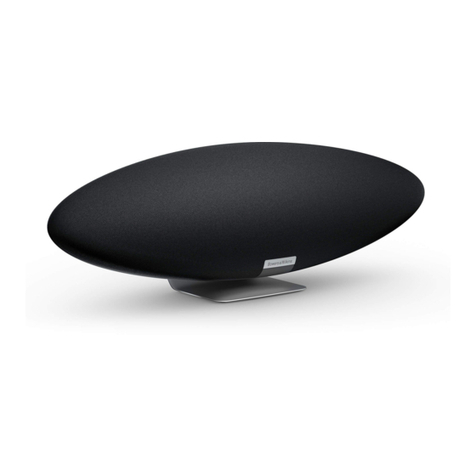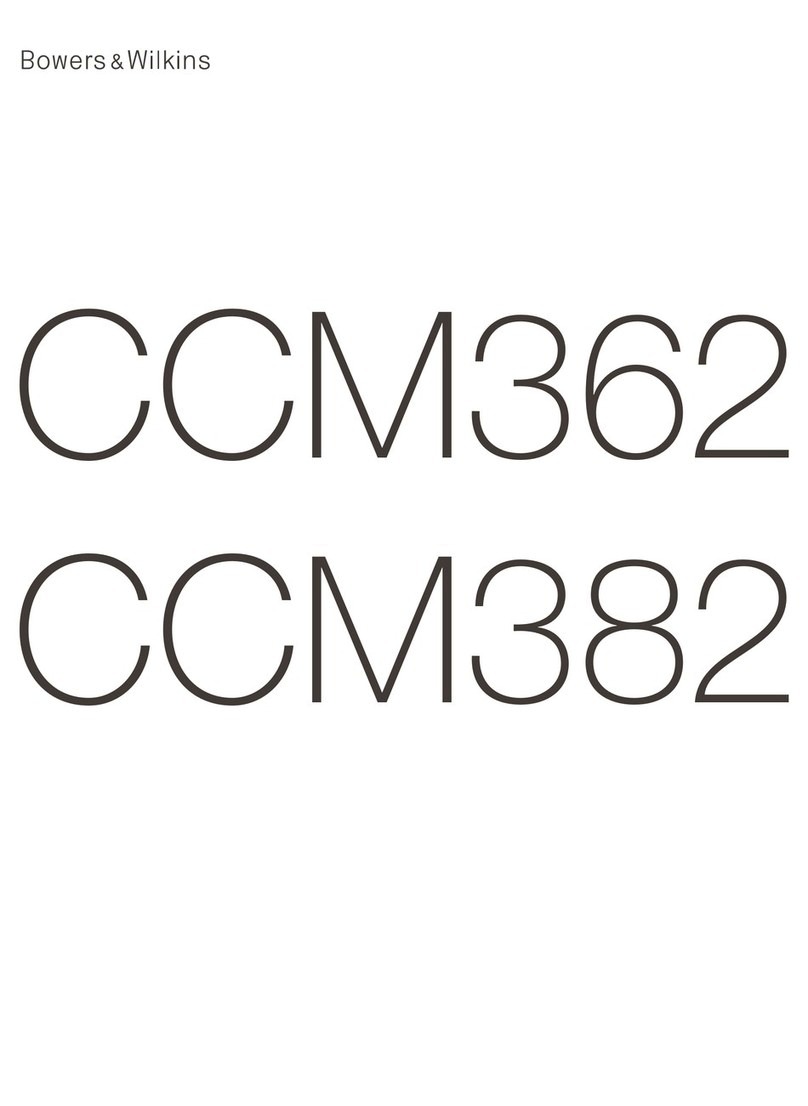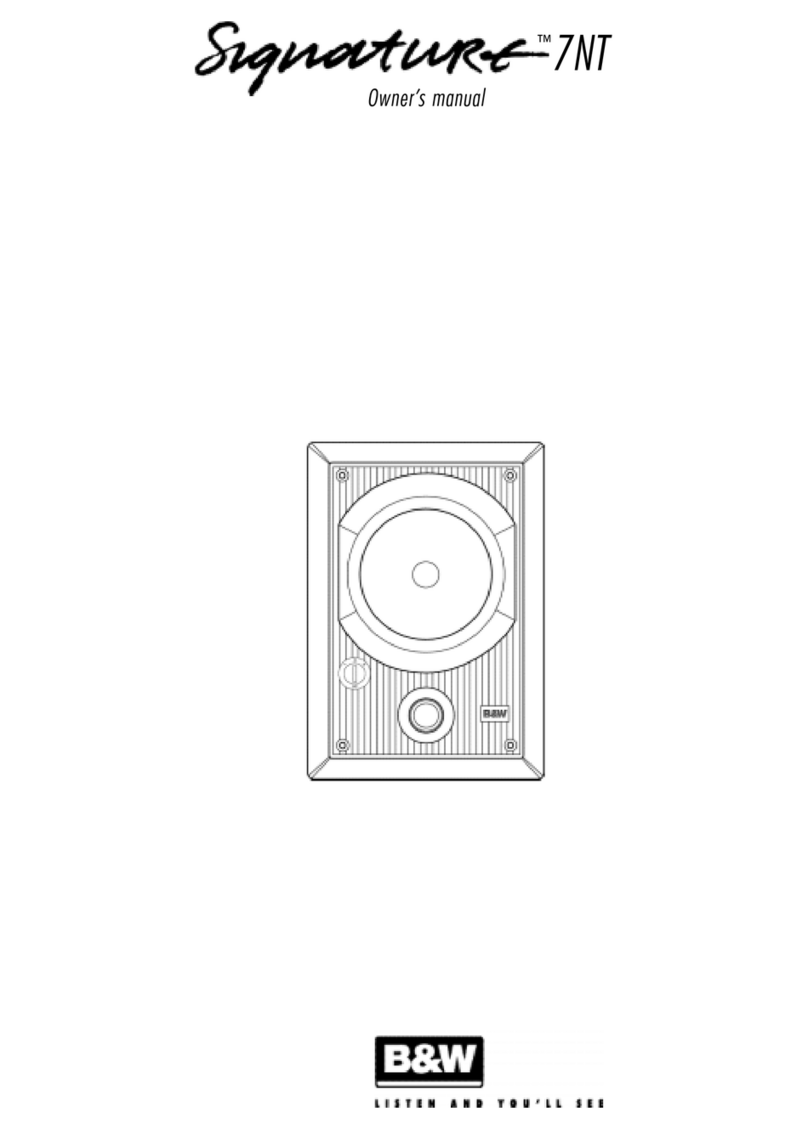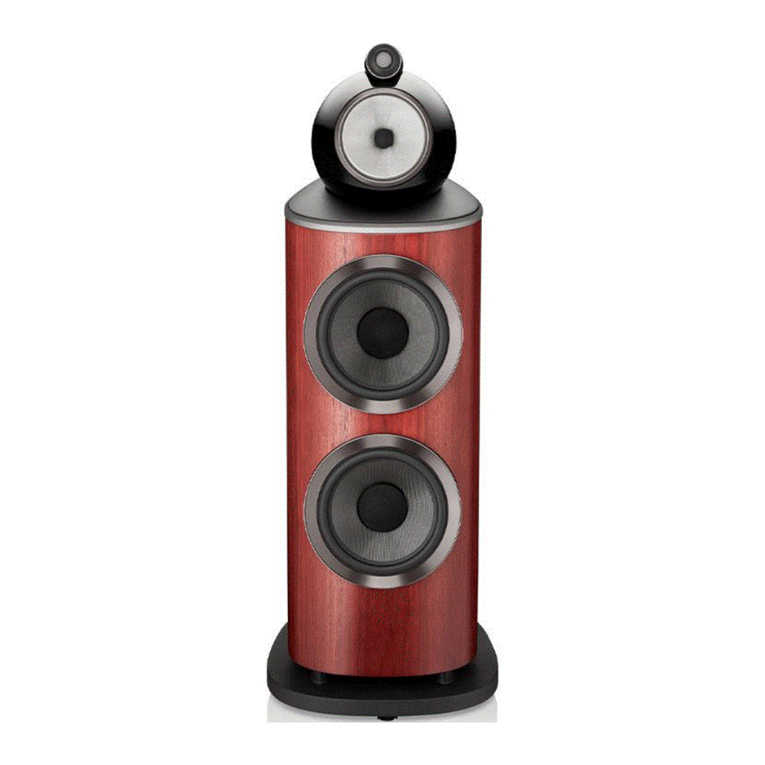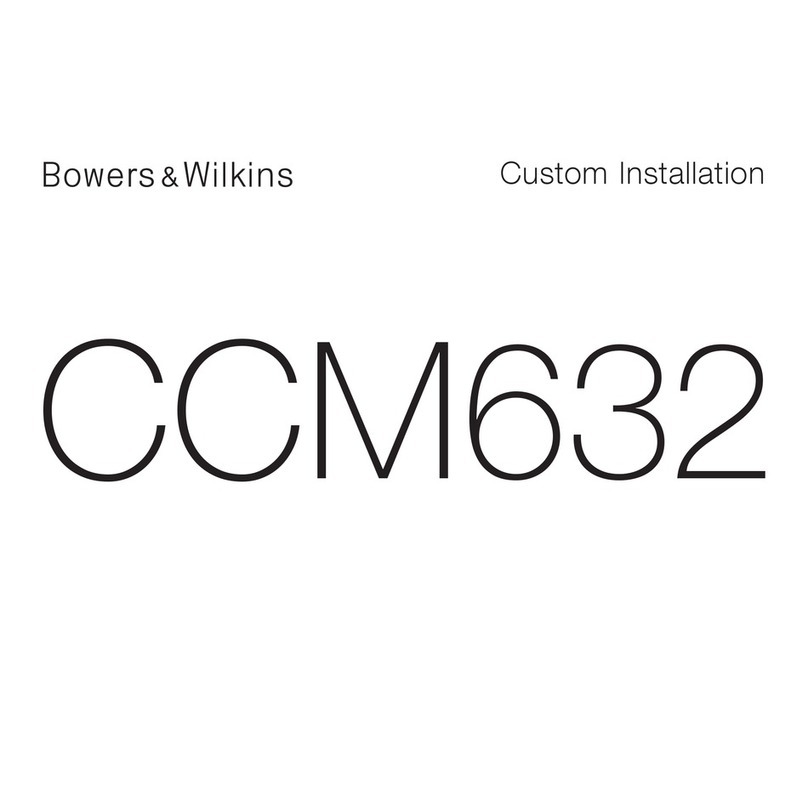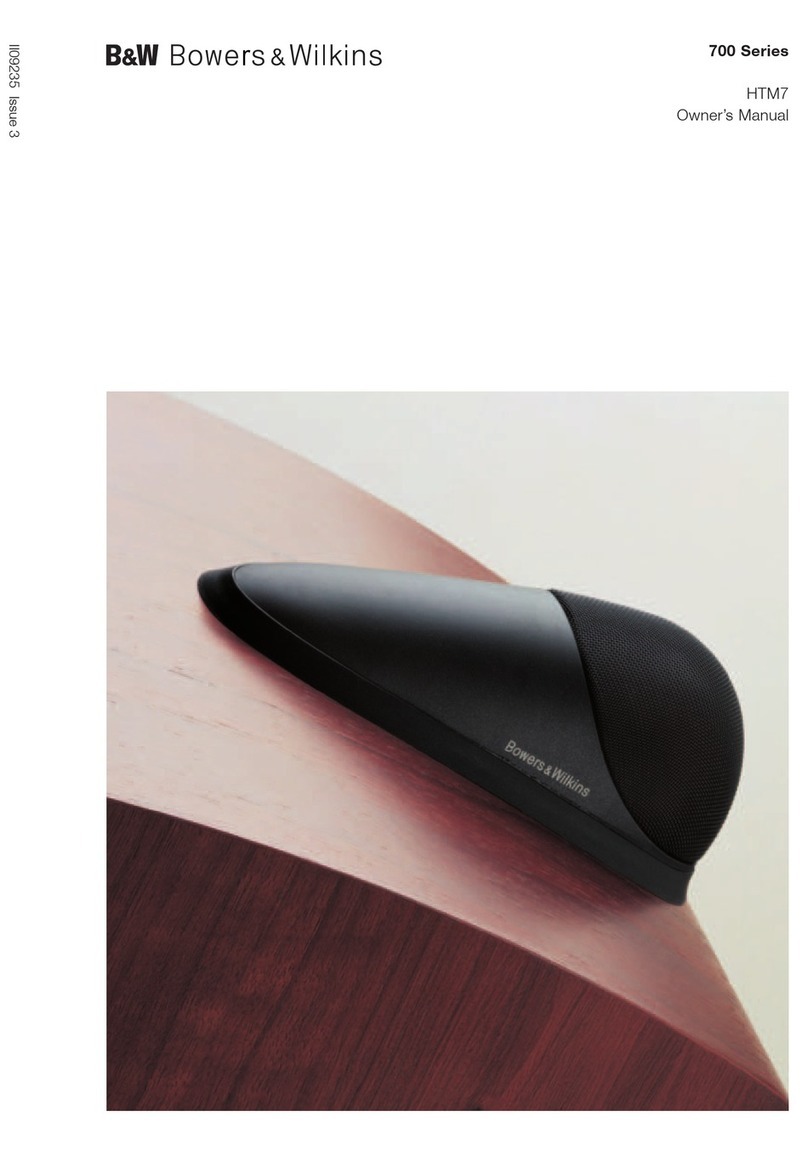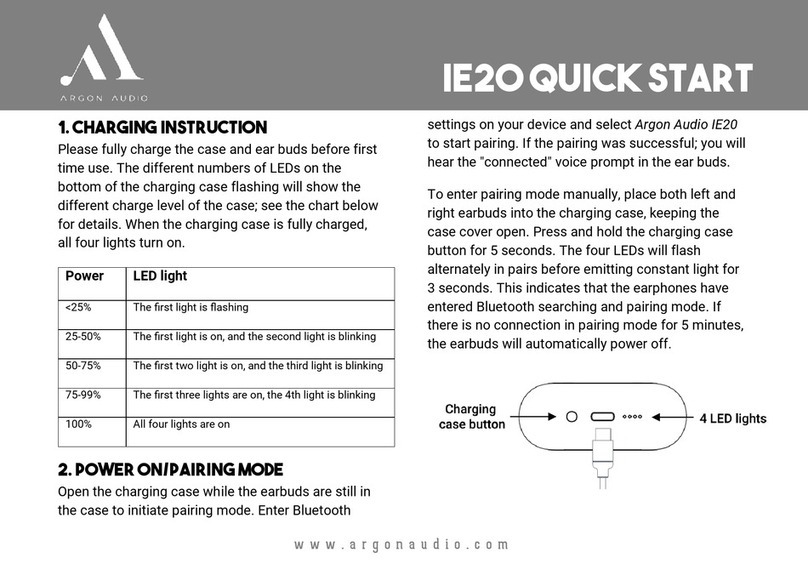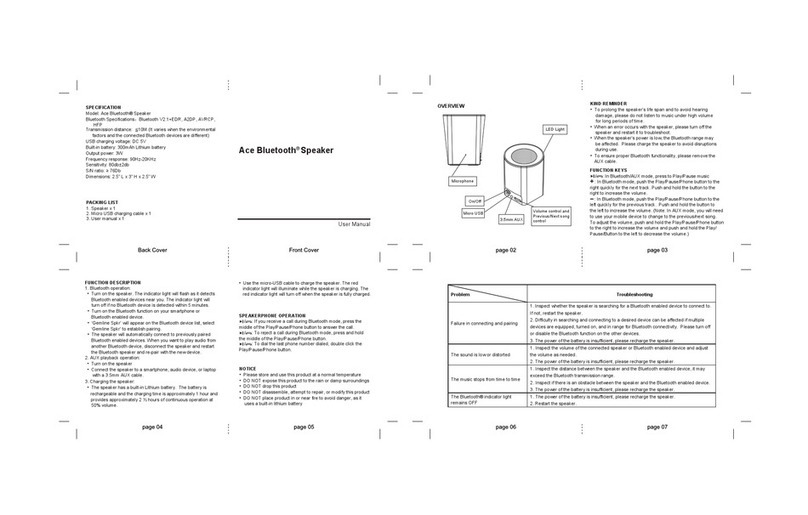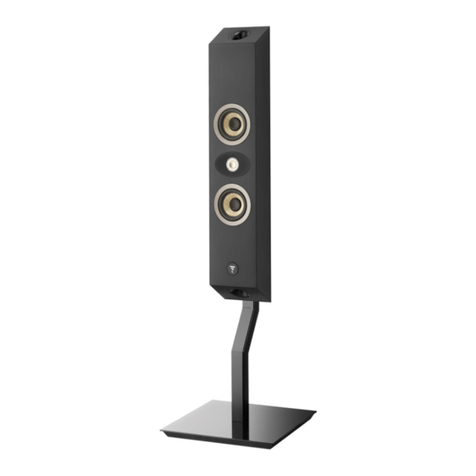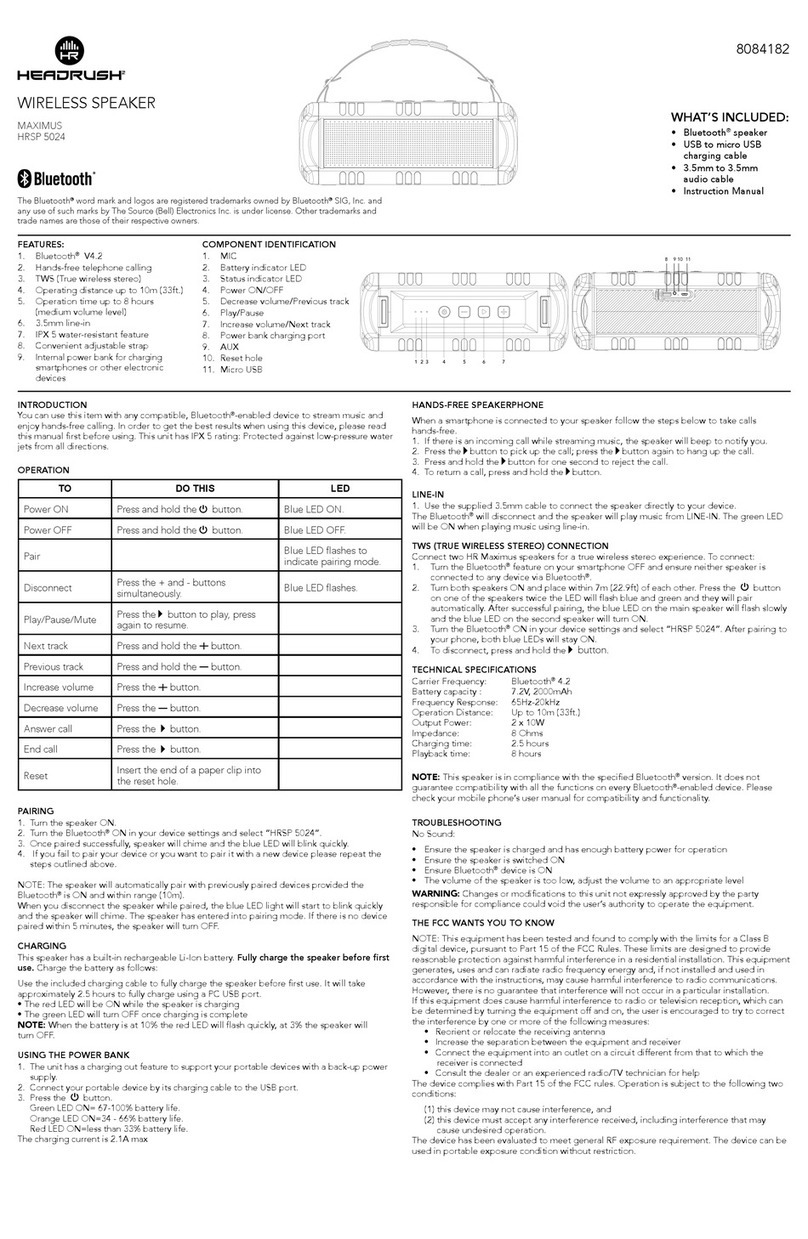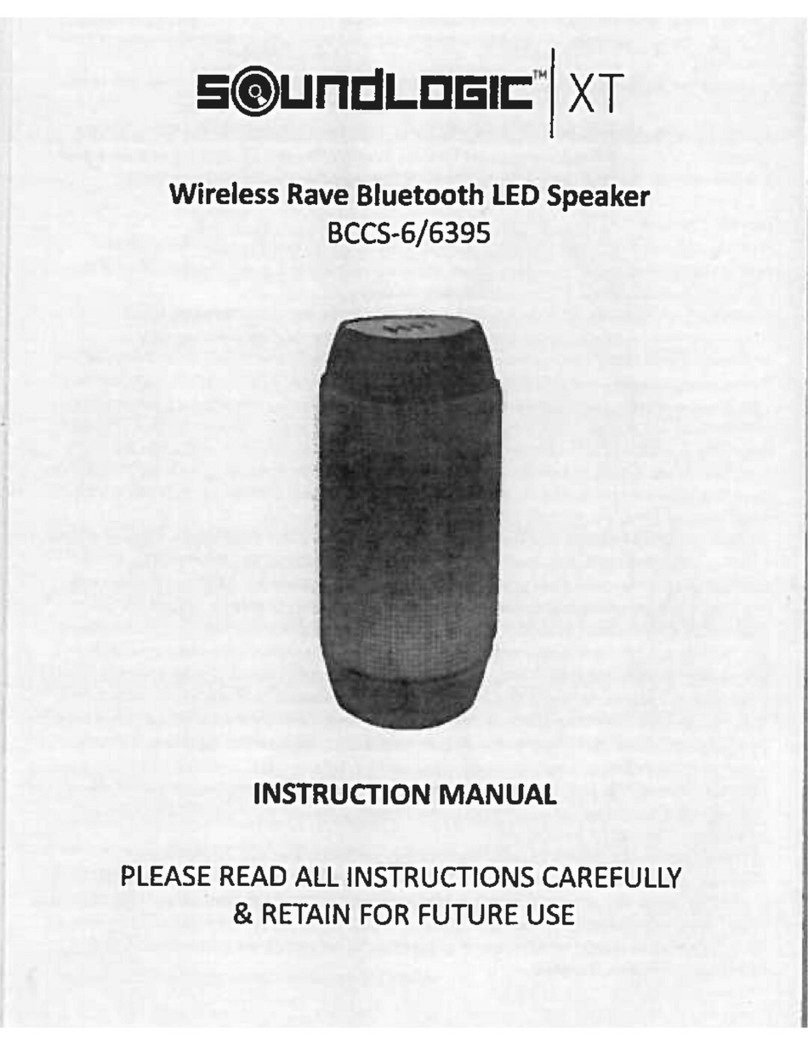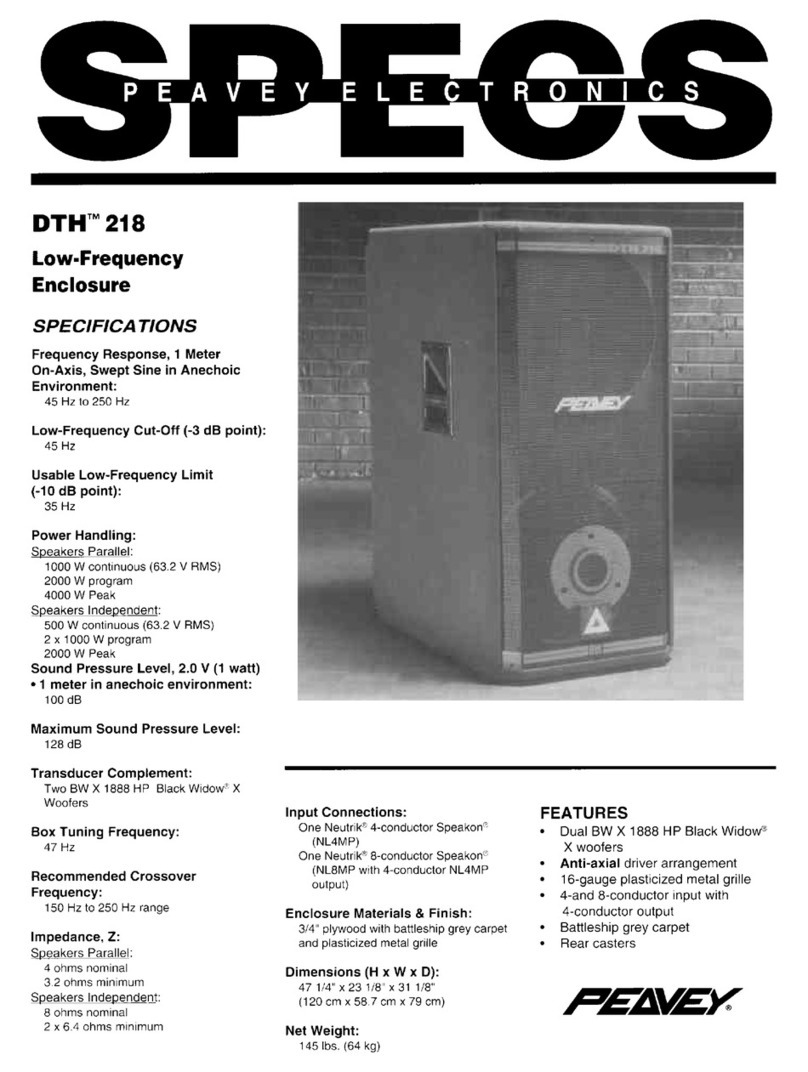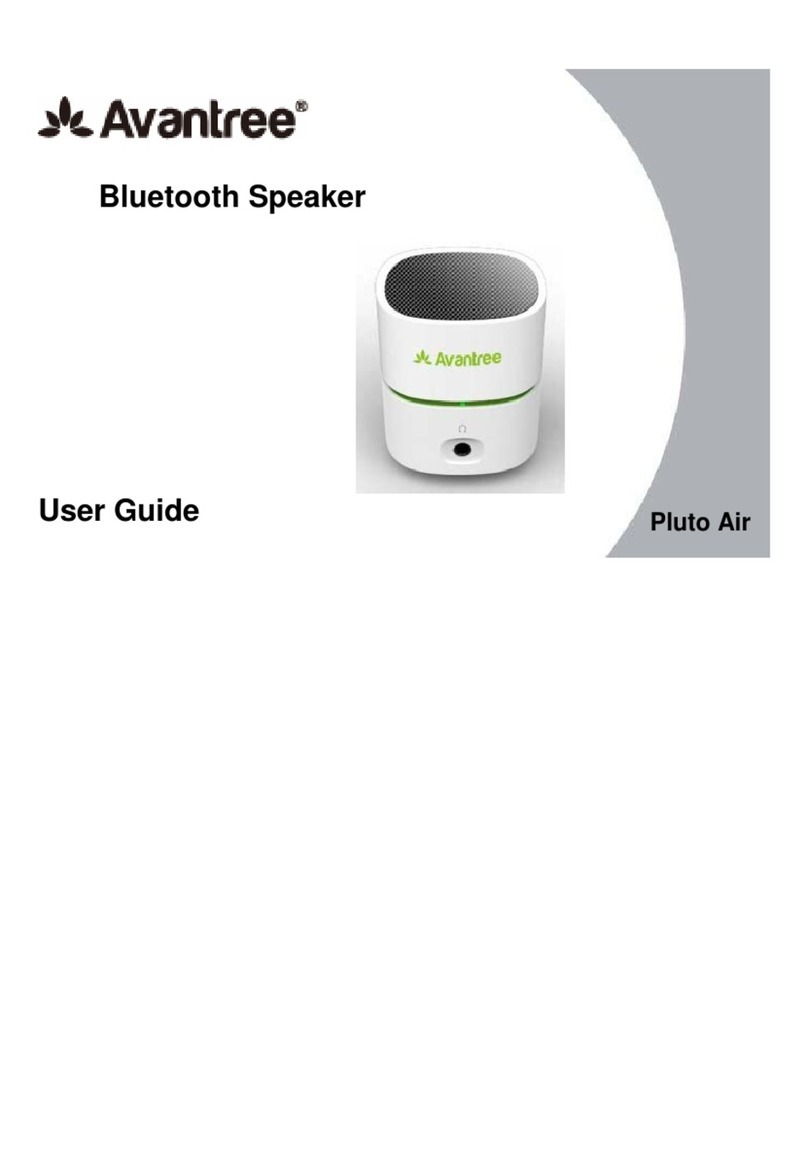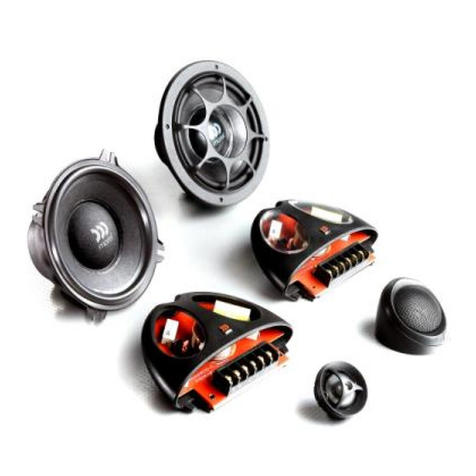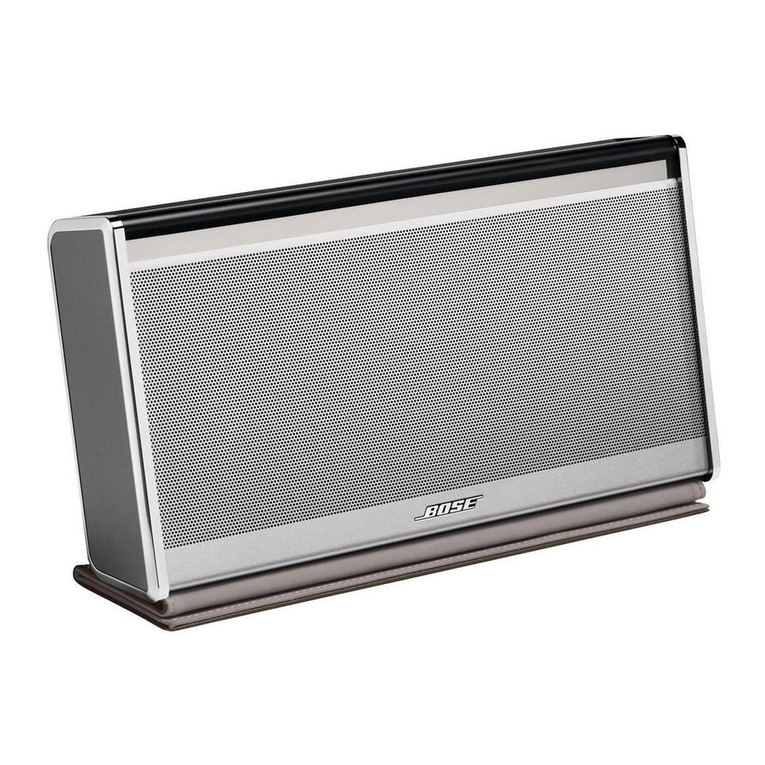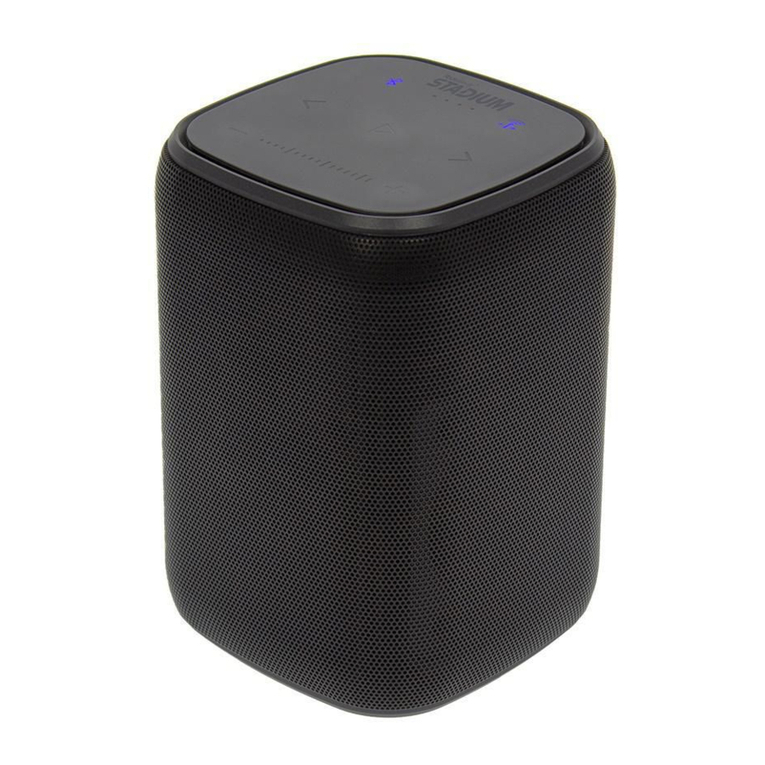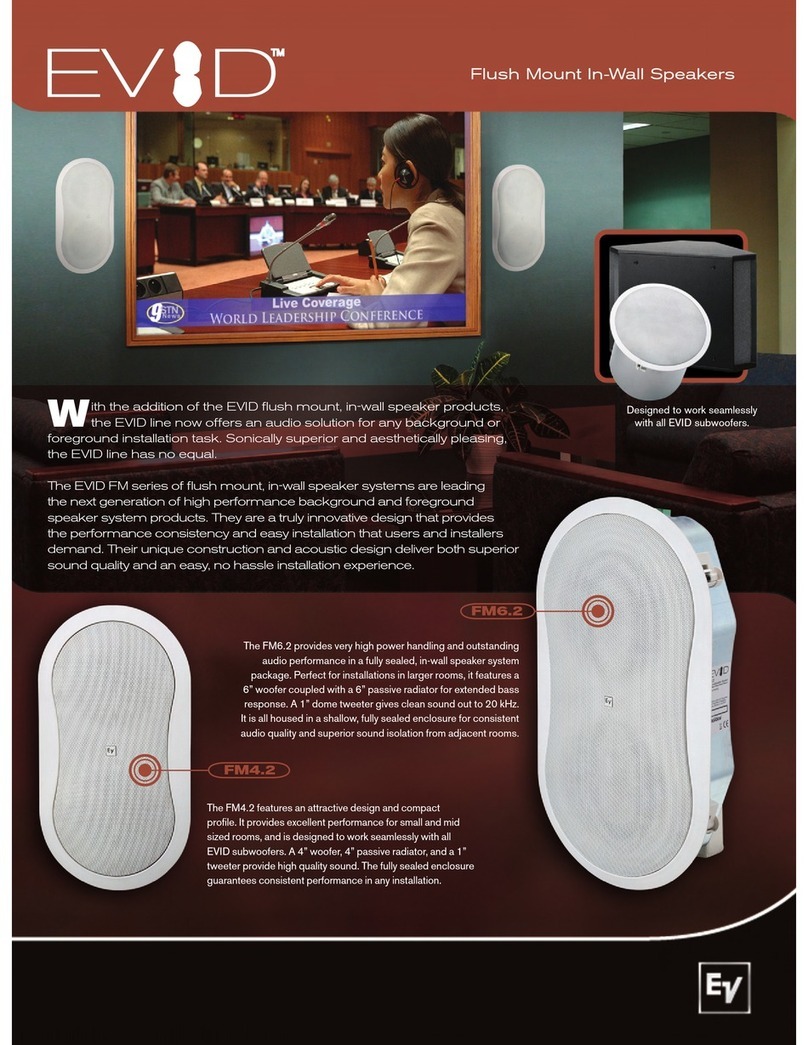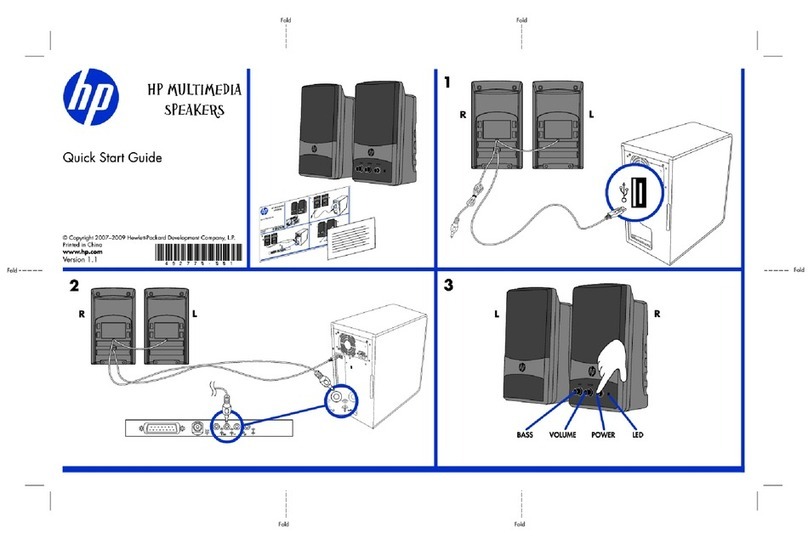1
INTRODUCTION
Thank you for choosing B&W.
The LM™1 provi es the best possible high
fi elity soun from a small enclosure, but is also
classically elegant an innovative in style.
The LM™1 is one of the most versatile compact
speakers on the market to ay. Its neat shape,
flexible mounting bracket an small foot ensure
that it comfortably fits the mo ern lifestyle.
Please rea this manual fully before unpacking
an installing the pro uct. It will help you to
optimise its performance.
B&W maintains a network of e icate
istributors in over 60 countries who will
be able to help you shoul you have any
problems your ealer cannot resolve.
UNPACKING
(figure 1)
• Fol the carton flaps right back an invert
the carton an contents.
• Lift the carton clear of the contents.
We suggest you retain the packing for future
use.
POSITIONING
(figure 2)
Position the speakers at the centre of the listening
area approximately at the corners of an
equilateral triangle.
Keep the speakers at least 1.5m apart to
maintain left-right separation.
For best results we recommen you stan the
LM™1 on a shelf or attach it to a wall.
Stray magnet c f elds
The speaker rive units are magnetically shiel e
such that the stray magnetic fiel outsi e
the boun aries of the cabinet, except the front,
is too low to cause istortion of the television
picture in the vast majority of cases.
There are, however, some extremely sensitive
televisions – some that even have to be a juste
accor ing to their alignment with the earth’s
magnetic fiel . If you have a problem, first e-
gauss the television set with the speaker in
place. Some have a button specially for this
purpose. If not, switch off the set at the mains for
15 minutes an switch on again. Merely putting
the set into stan by mo e is not sufficient.
If you still have a problem, try moving the
speaker either forwar s or backwar s a little to
get a more favourable juxtaposition, or space
the speaker further from the television until the
istortion isappears.
Because of the higher stray magnetic fiel in
front of the speaker, we recommen you keep
magnetically sensitive articles (computer iscs,
au io an vi eo tapes, swipe car s an the
like) at least 0.2m from the speaker.
MOUNTING
(figures 3 & 4)
The LM™1 can be mounte either horizontally or
vertically, but consi eration shoul be given to
angling the speaker either left an right or up
an own by moving the speaker relative to its
mounting base. If the speaker is mounte on a
vertical surface, we recommen that the base be
turne through 180° an positione behin the
speaker. To o this simply click off the small
rubber-e ging strip at the front of the speaker’s
base, revealing the Allen key retaine beneath.
Use the Allen key to slacken the two bolts that
hol the ball in the socket joint. Reposition the
speaker relative to its base an re-tighten the two
bolts. Return the Allen key to its hi en position
for future use.
Using the template at the rear of this manual,
mark the four screw positions on the mounting
surface carefully (the two at the rear of the
base are hi en by rubber plugs. The two
at the front of the base are hi en beneath the
rubber-e ging strip). Screw in the two screws
use for the top two keyhole slots, leaving
approximately 5mm (0.2 in) of the screw
protru ing from the wall. Hang the speaker on
the screws an then tighten the screws. Finally
screw in the two remaining screws at the bottom
of the mounting base an refit the rubber covers.
WARNING: YOU SHOULD USE SUFFICIENT
QUALITY, SIZE AND NUMBER OF
CORROSION-PROOF FIXINGS TO AN AREA OF
WALL OF SUFFICIENT STRENGTH TO ENSURE
THAT THE SPEAKER IS SAFELY SUPPORTED.
CONNECTIONS
(figure 5)
All connections shoul be ma e with the
equipment switche off.
If the speaker cable has been channelle or
route through the mounting surface the centre
rubber plug in the base shoul be remove an
the cable then route through the expose
aperture.
Ensure the positive terminal on the speaker
(marke + an coloure re ) is connecte to the
positive output terminal of the amplifier an
negative (marke – an coloure black) to
negative. Incorrect connection can result in poor
imaging an loss of bass.
Always make sure all the terminal caps are
screwe own tight, as otherwise they may
rattle.
Ask your ealer for a vice when choosing
cable. Keep the total impe ance below the
maximum recommen e in the specification an
use a low in uctance cable to avoi attenuation
of the highest frequencies.
AFTERCARE
Avoi touching the rive unit iaphragms,
especially the tweeter, as amage may result.
